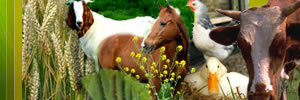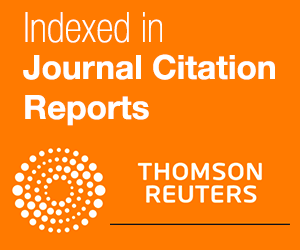|
CORRELATED RESPONSE OF VARIOUS MORPHO-PHYSIOLOGICAL CHARACTERS WITH GRAIN YIELD IN SORGHUM LANDRACES AT DIFFERENT GROWTH PHASES
M. A. Ali, A. Abbas, S. I. Awan, K. Jabran* and S. D. A. Gardezi
Wheat Research Institute, Ayub Agricultural Research Institute (AARI), Faisalabad, Pakistan
Deptt. of Plant Breeding and Molecular Genetics, Faculty of Agriculture, Rawalakot, Uni. of Azad Jammu & Kashmir, Pakistan
*Agronomy Research Institute, AARI, Faisalabad, Pakistan
Corresponding author’s email: amjad.ali@gmail.com
ABSTRACT
Seventeen sorghum landraces were exploited to establish morpho-physiological criteria for drought tolerance and higher grain yield in sorghum at seedling and post flowering stages under rainfed conditions at Barani Agricultural Research Station, Fatehjang, Pakistan during the years 2007 and 2008. Meteorological data of both the years revealed considerable water stress at post-flowering stage. The data were recorded for fresh root and shoot weights (g), dry root and shoot weights (g), root length (cm), shoot length (cm), coleoptile length (cm) and root shoot ratio at seedling stage. At post-flowering stage data on flag leaf area (cm), specific flag leaf area, specific flag leaf weight, leaf dry matter (g), excised leaf weight loss (%), relative dry weight, relative water contents (%), residual transpiration (g H2O/min/cm2/105), cell membrane stability (%) and grain yield per plant (g) were recorded. Analysis of variance revealed significant genetic differences among the landraces for all the traits. Correlation and path coefficient analysis demonstrated that fresh root shoot weights, dry shoot weight and root: shoot ratio were important selection criteria for drought tolerance as well as higher grain yield at seedling stage. Similarly, higher flag leaf area, leaf dry matter, relative water contents and cell membrane stability along with lower values of specific flag leaf weigh, excise leaf weight loss and residual transpiration could be exploited as morpho-physiological markers for drought tolerance and higher grain yield at late growth stage. The studies revealed many important correlations among the characters which can be exploited to execute a breeding programme aimed at the development of drought tolerant sorghum cultivars.
|





